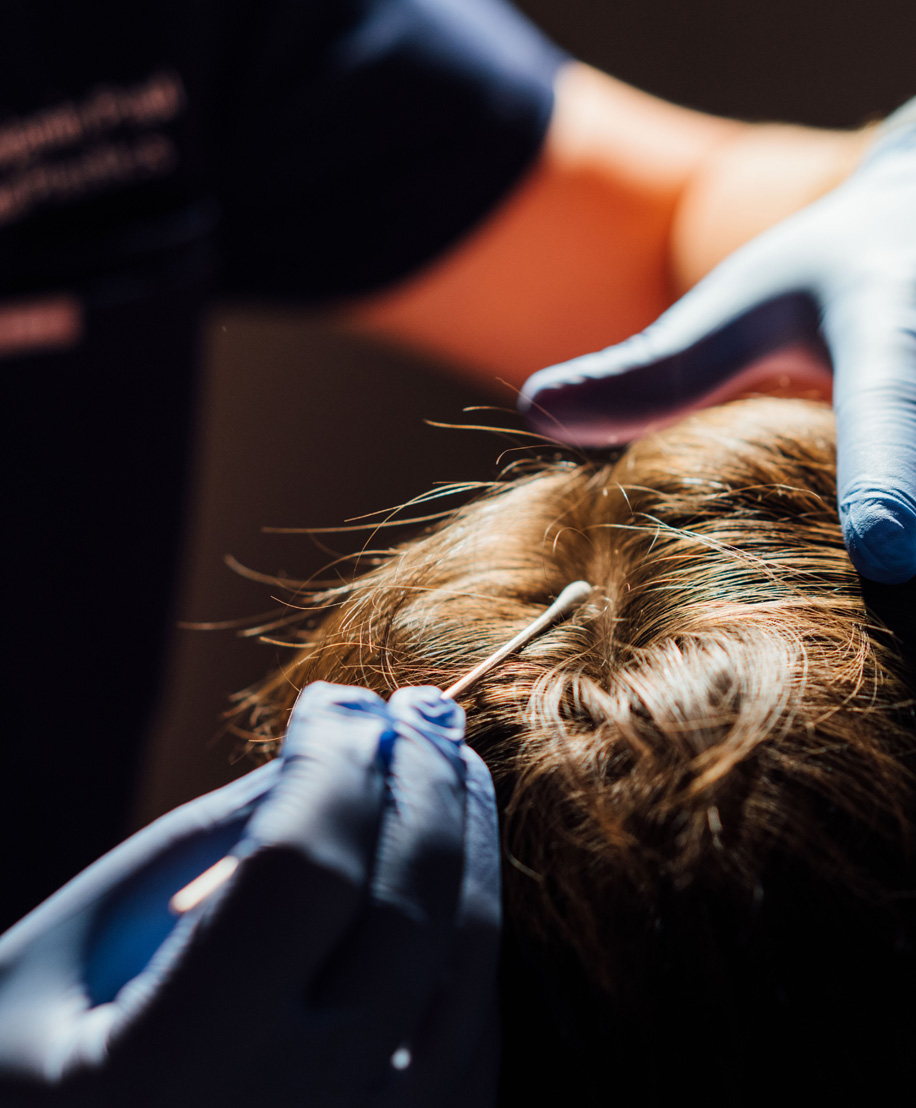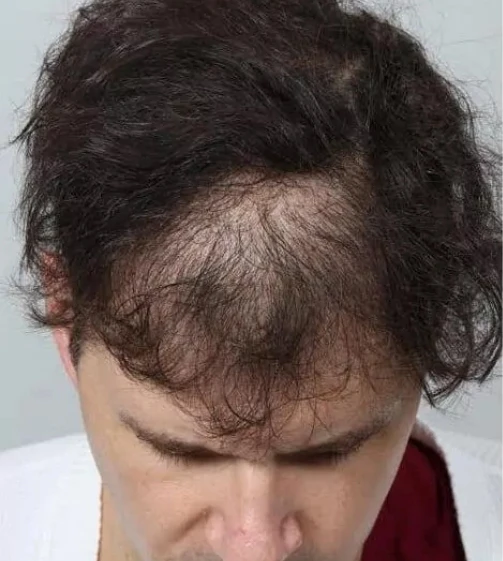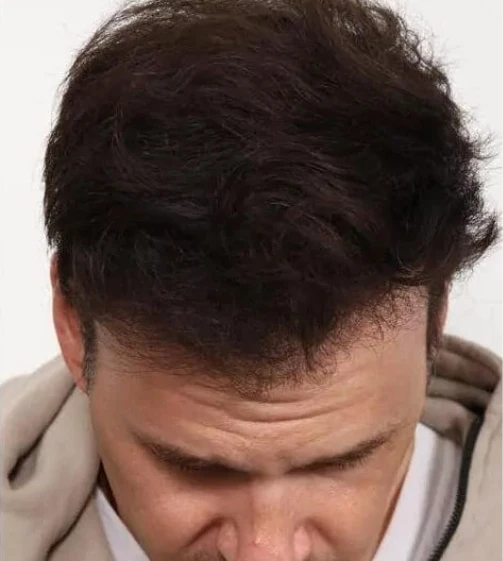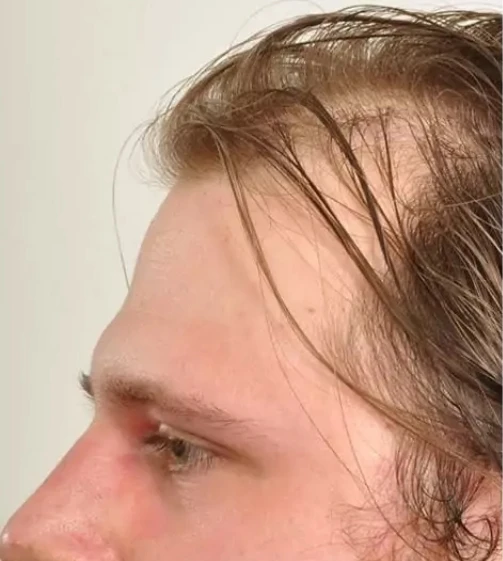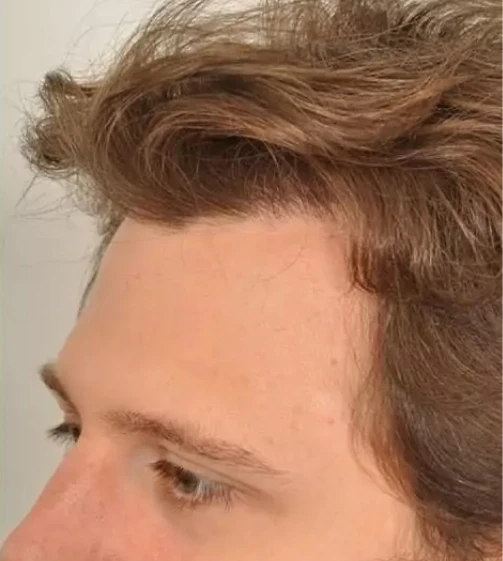The Basics
What is a Hair Transplant?
Hair Transplant surgery has improved remarkably in the past decade, and gone are the days of the unsightly “hair plugs”. The procedure is a modern technique to transfer single hair units, called follicles, into regions of thinning. In our practice, we embrace these advancements, and we respect the importance of maintaining healthy hair density as part of sustaining a beautiful and vibrant face.
The most common reasons that men and women choose to get hair transplants are to improve density, especially in the frontal center for a widened part, fill the frontal-temporal angles, which often never grew thick from birth, and reinforce, or thicken the hairline. The most common reasons that men get hair transplants are to reinforce or restore the hairline or improve density in regions of thinning.
We understand the concerns that come with choosing the proper procedure and Dr. Paul will share his expert opinions with you to help you make your decision. However, we also believe that the more information you have before your consultation, the better. There are two main forms of hair transplant, which differ in how the hair is harvested. Single hair follicles can be taken directly from the donor zone by using a rotary micro-punch, called follicular unit extraction (FUE), or the hair follicles can be divided from a strip that is taken from the donor site, called follicular unit transfer (FUT).
